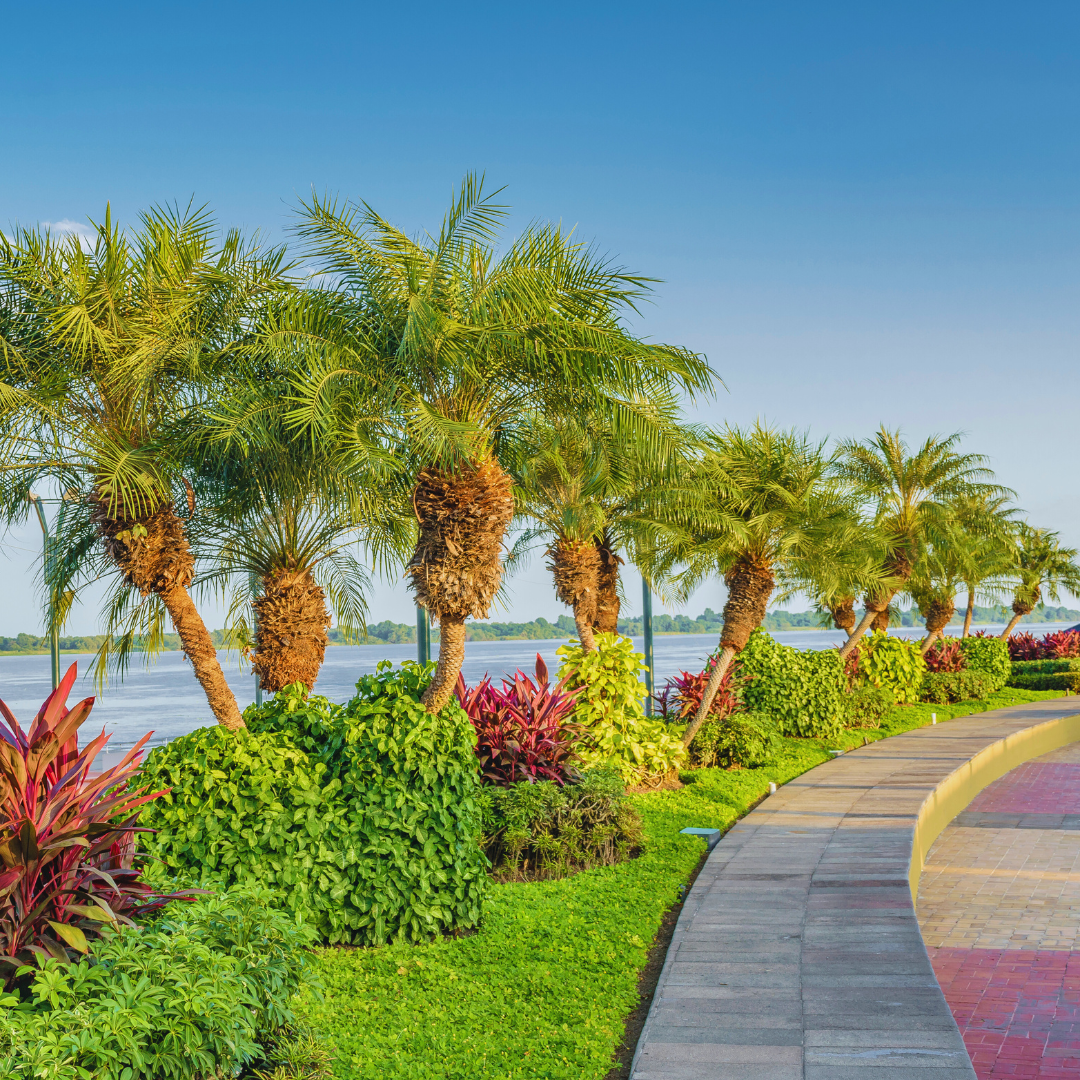Guayaquil’s Waterways: Navigating Ecuador’s Largest Port City and its Riverine Beauty

Often overshadowed by its highland sibling, Quito, Guayaquil stands tall and proud as Ecuador’s economic powerhouse and its largest port city. Situated at the confluence of the Babahoyo and Daule rivers, it sprawls alongside the Guayas River’s majestic waters. Guayaquil’s riverine heritage is deeply intertwined with its urban development, resulting in a city that mirrors its riparian splendor at every bend and turn. This article delves into the beauty and significance of Guayaquil’s waterways, offering a maritime perspective on a city that has long thrived on its riverine connection.
Guayaquil at a Glance: City’s Historical and Modern Aspects
Founded in the early 1530s, Guayaquil boasts a rich tapestry of historical epochs. Las Peñas, the city’s oldest neighborhood, showcases colonial-era architecture perched on the Cerro Santa Ana hill, providing panoramic views of the river. As one navigates down the Guayas, the narrative shifts from historical to contemporary. The shimmering skyline of the Puerto Santa Ana complex stands in stark contrast to its historical neighbors, epitomizing Guayaquil’s rapid modernization. Moreover, the Malecón 2000, a riverside promenade, exemplifies urban renewal, transforming the riverbanks into recreational spaces blending history with modern amenities.
The Mighty Guayas River: Heartbeat of the City
The Guayas River is more than just a water body; it’s Guayaquil’s lifeblood. Spanning 389 kilometers before meeting the Pacific Ocean, it has been central to the city’s trade and transport. As ships laden with bananas, cocoa, and shrimp navigate its expanse, the Guayas also breathes life into the mangroves, supporting a myriad of bird species and marine life. Its intertwining estuaries and tributaries create a natural maze, marking territories of ecological significance. The river’s vastness is complemented by its cultural and historical narratives, having witnessed battles, trade evolutions, and urban transformations.
Best Spots to Dock and Explore in Guayaquil
Navigating Guayaquil’s waterways offers the opportunity to dock at various spots, each unveiling a different city facet. The Simón Bolívar Pier, adjacent to the Malecón 2000, is the perfect anchorage for those looking to immerse in urban delights. Those inclined towards history can dock near Las Peñas, meandering through its cobbled streets. For a tryst with nature, the mangrove areas offer limited docking facilities, serving as gateways to bird-watching and tranquil boat rides.
River Cruises: A Different Perspective of the City
Boarding a river cruise on the Guayas offers a distinctive city viewpoint. As skyscrapers stand tall, and historic neighborhoods narrate tales, the river mirrors it all. Several operators offer sunset cruises, allowing passengers to witness the cityscape bathed in golden hues. Thematic cruises, delving into Guayaquil’s history or focusing on its ecological importance, enrich the experience, making the journey both informative and picturesque.
Key Attractions Accessible from the Waterways
Guayaquil’s waterways provide access to a plethora of attractions. The Historical Park, situated along a tributary, showcases Ecuador’s coastal culture, architecture, and wildlife. Manglares Churute, a short boat ride away, is an ecological reserve that beckons with its mangroves and howler monkeys. For those anchored near the Malecón, attractions like La Rotonda Monument and the modern MAAC museum are a stone’s throw away. The waterways thus become gateways to exploring Guayaquil’s eclectic offerings.
Understanding Guayaquil’s Maritime Significance
As Ecuador’s primary port, Guayaquil’s maritime significance cannot be overstated. The city has historically been a focal point for national and international trade, given its strategic location. The modern port complex, with its state-of-the-art infrastructure, handles millions of tonnes of cargo annually. The maritime museum, located by the river, pays homage to this legacy, chronicling Guayaquil’s nautical milestones and its transformation into a global port city.
Nightlife and Cultural Experiences by the River
As night descends, Guayaquil’s riverbanks pulsate with vibrancy. The Malecón illuminates, with restaurants, bars, and cafes offering culinary delights and live music. Traditional dance performances near the Plaza del Centenario bridge the city’s past and present, while riverfront clubs promise nights of salsa and merriment. The Guayas, with its shimmering reflections, becomes a silent spectator to the city’s nocturnal revelries, echoing its rhythms.
Sailing through Guayaquil’s waterways is akin to flipping through the city’s chronicles. Every ripple, every eddy narrates tales of bygone eras and modern marvels. As the Guayas River weaves its way through Guayaquil, it binds the city in a fluid embrace, dictating its pace and rhythm. For those willing to venture on these waterways, Guayaquil unravels like a well-scripted story, with chapters of history, modernity, culture, and nature waiting to be devoured, one nautical mile at a time.


